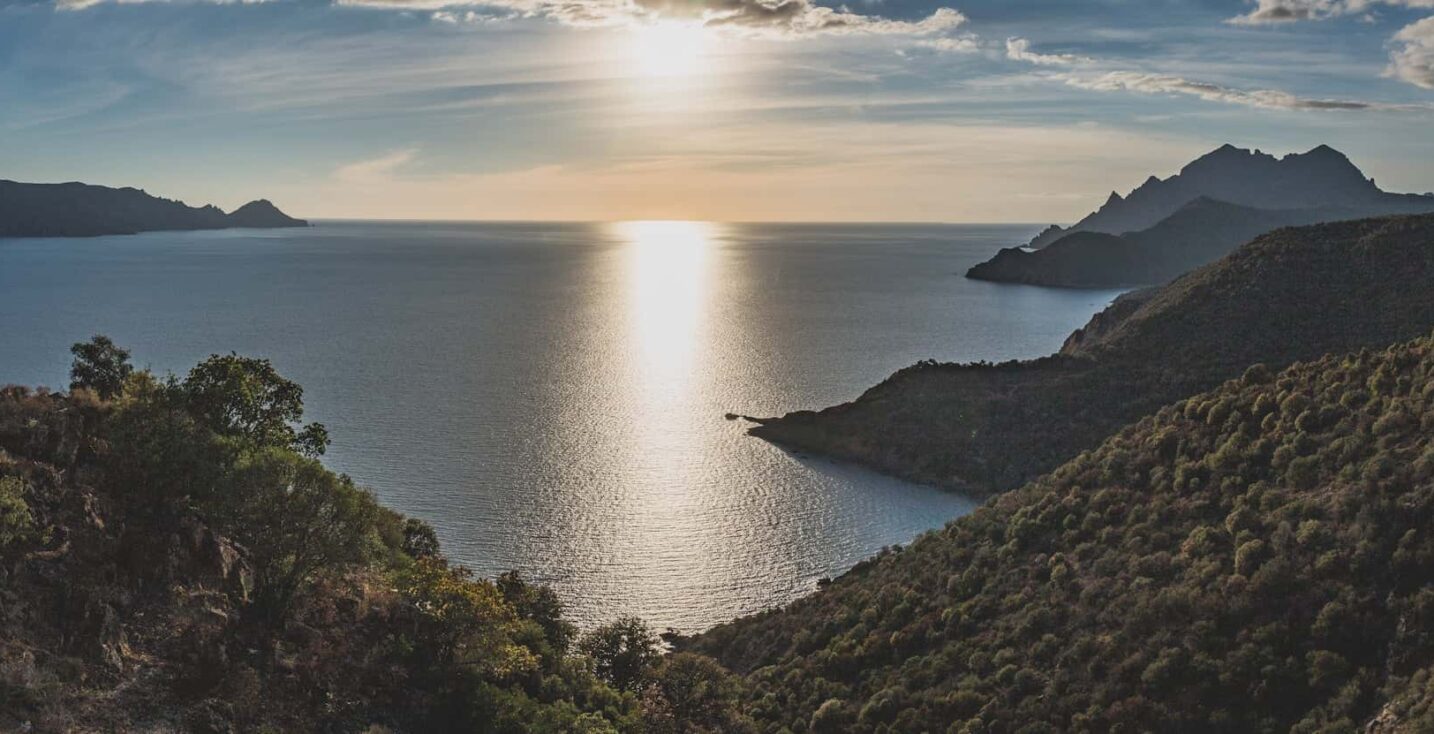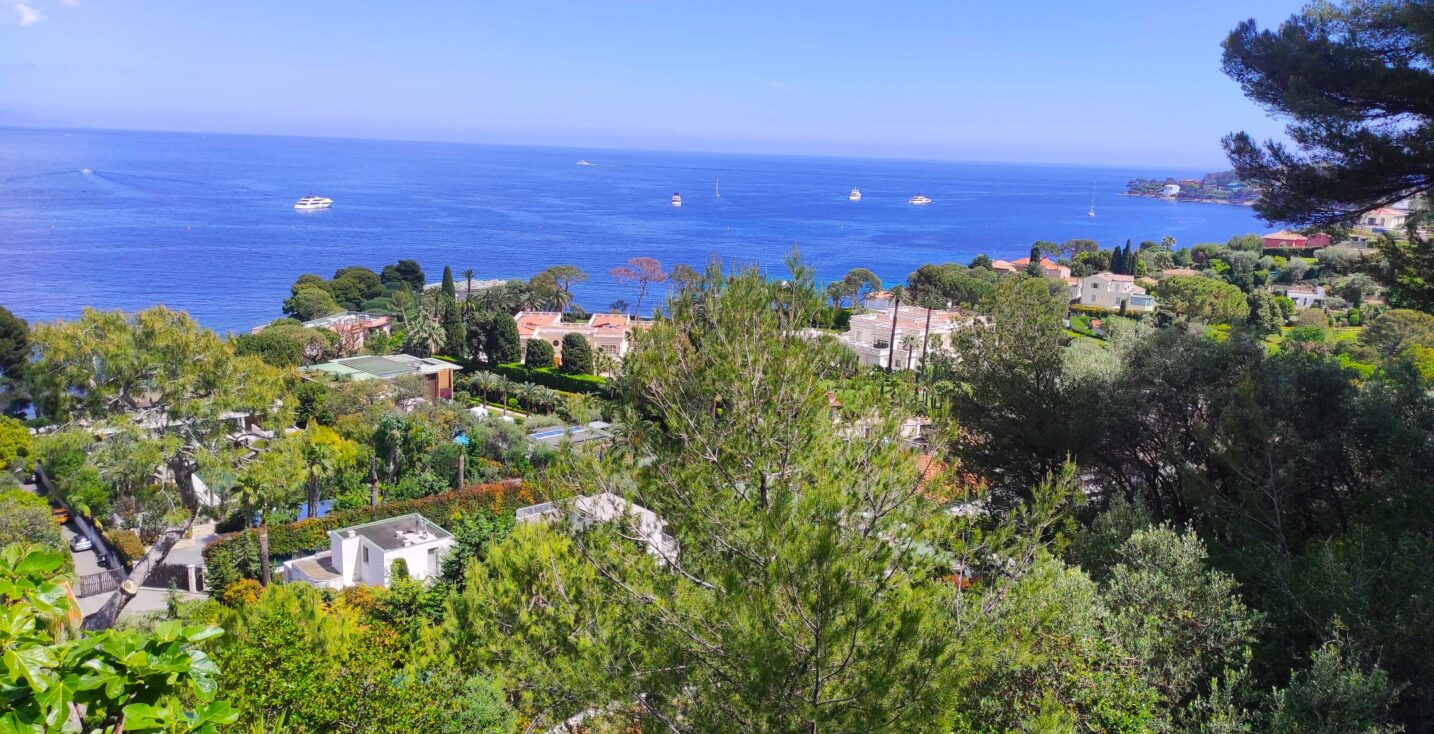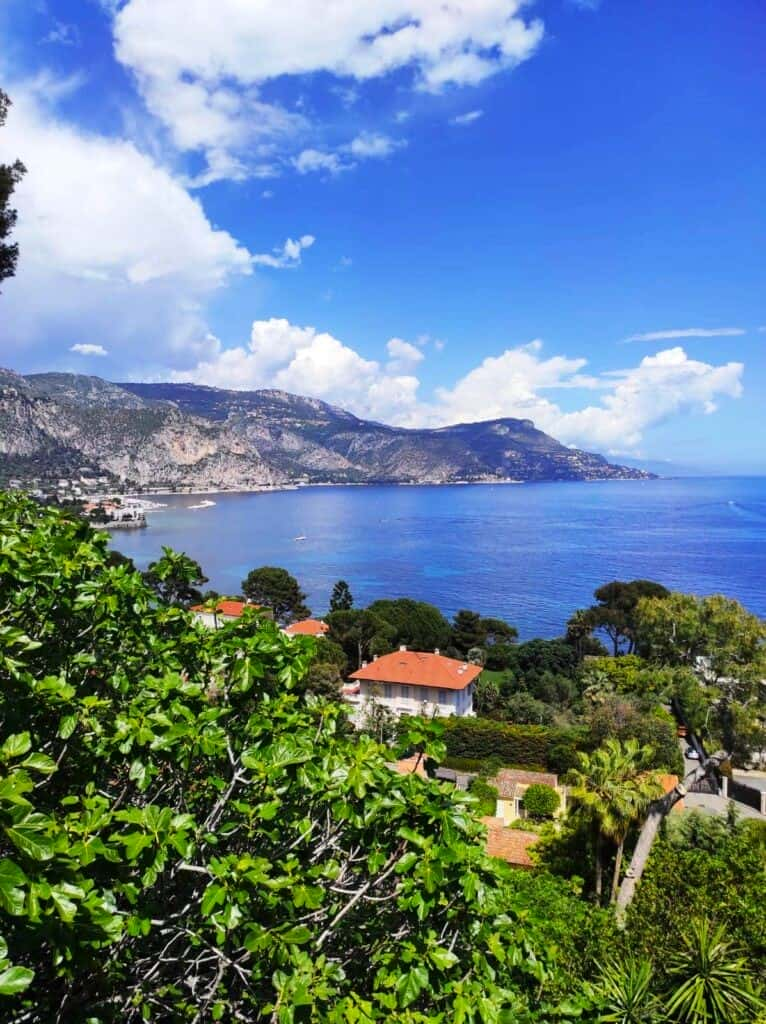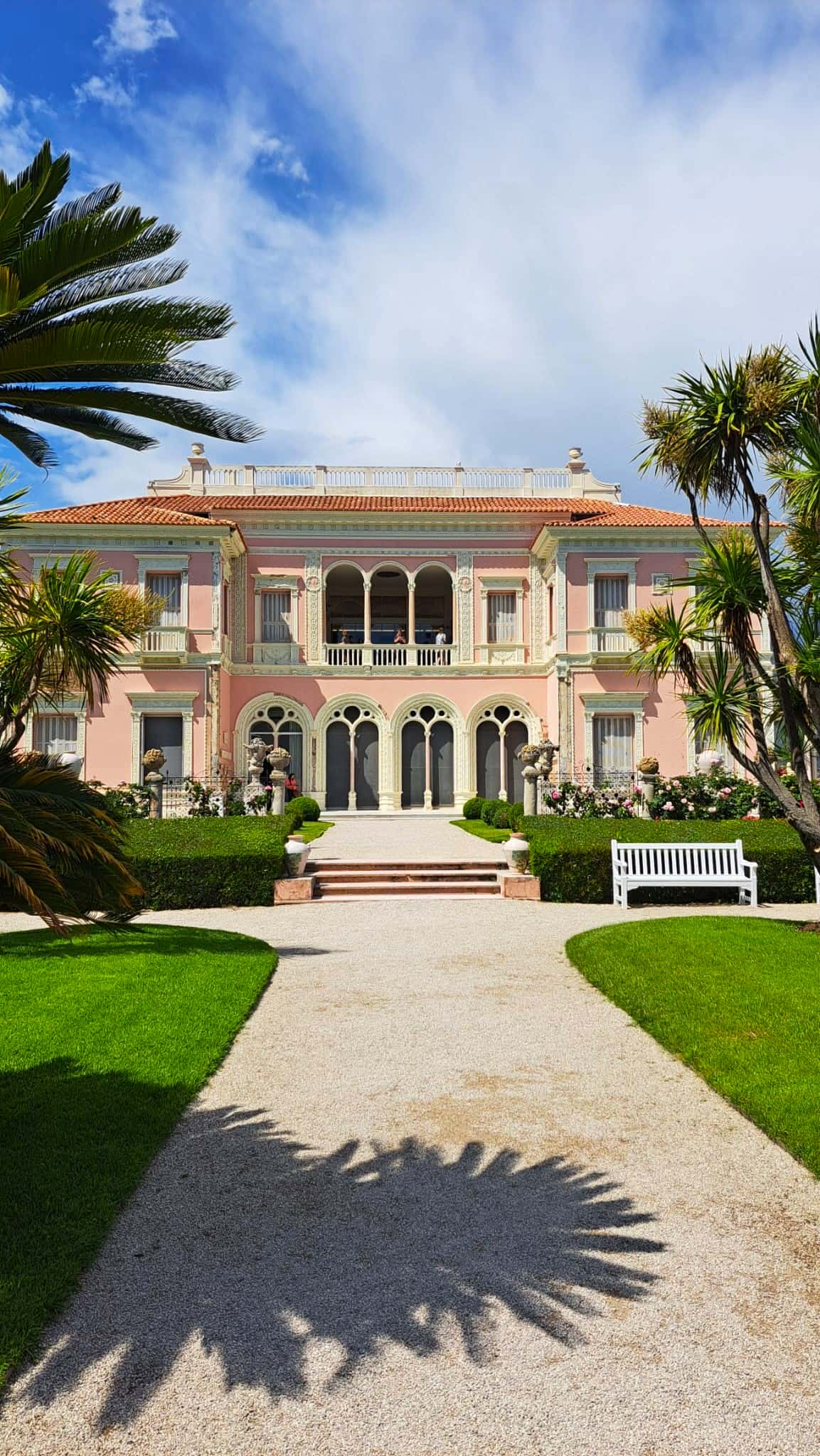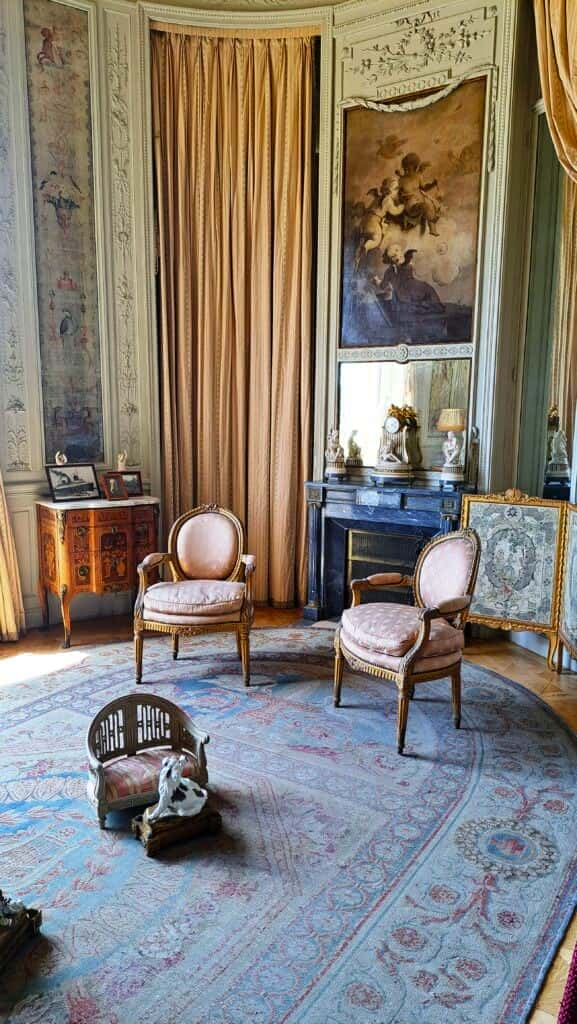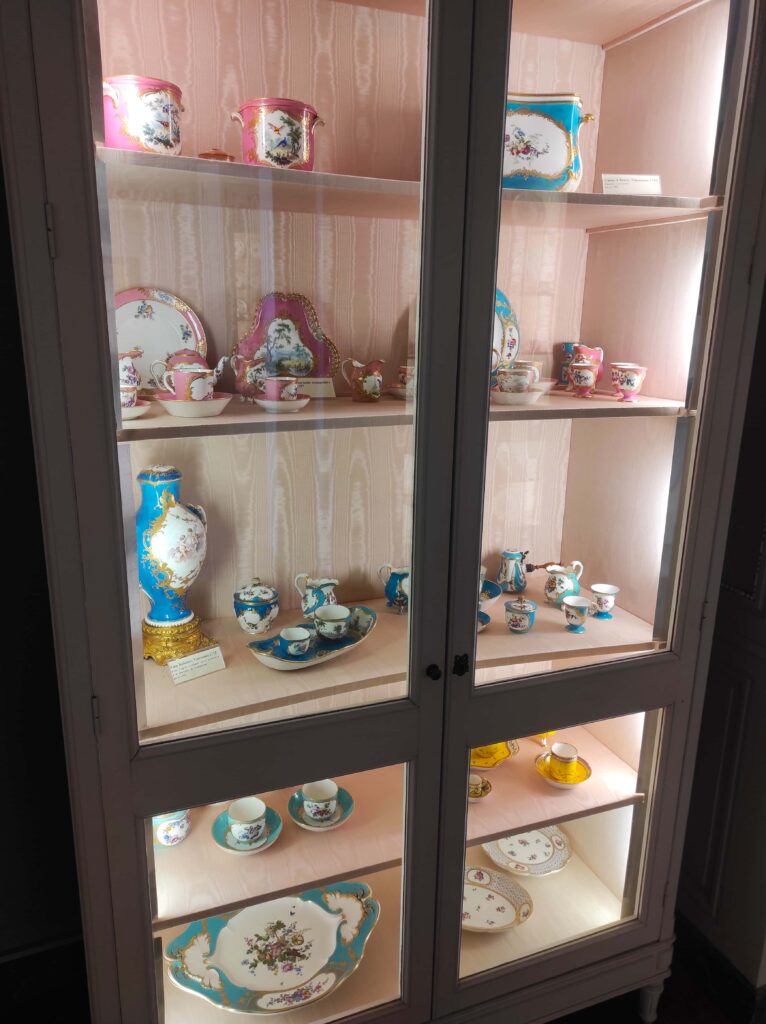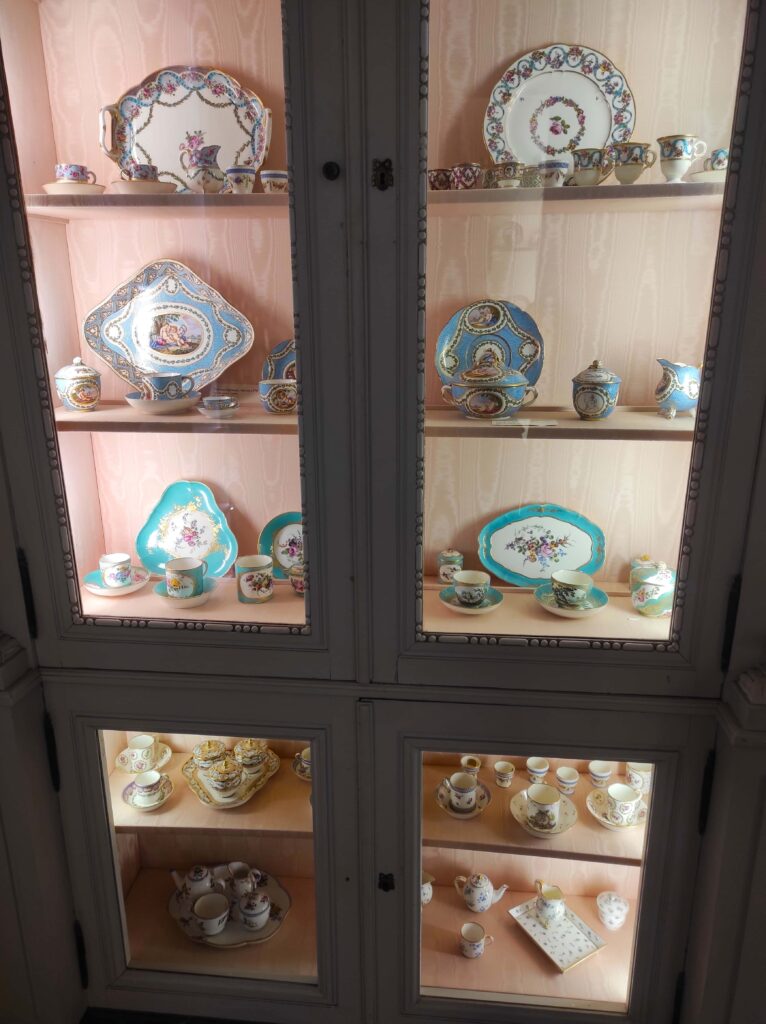Corsica, the sun-drenched Mediterranean island nestled between France and Italy, is a land of contrasts—where rugged mountains tumble into turquoise waters, and timeless villages perch above secluded coves. For the discerning traveler, choosing where to stay is as essential as choosing what to see. Whether you seek alpine serenity or beachfront elegance, Corsica offers a spectrum of luxurious accommodations that place you in the heart of its natural splendor.
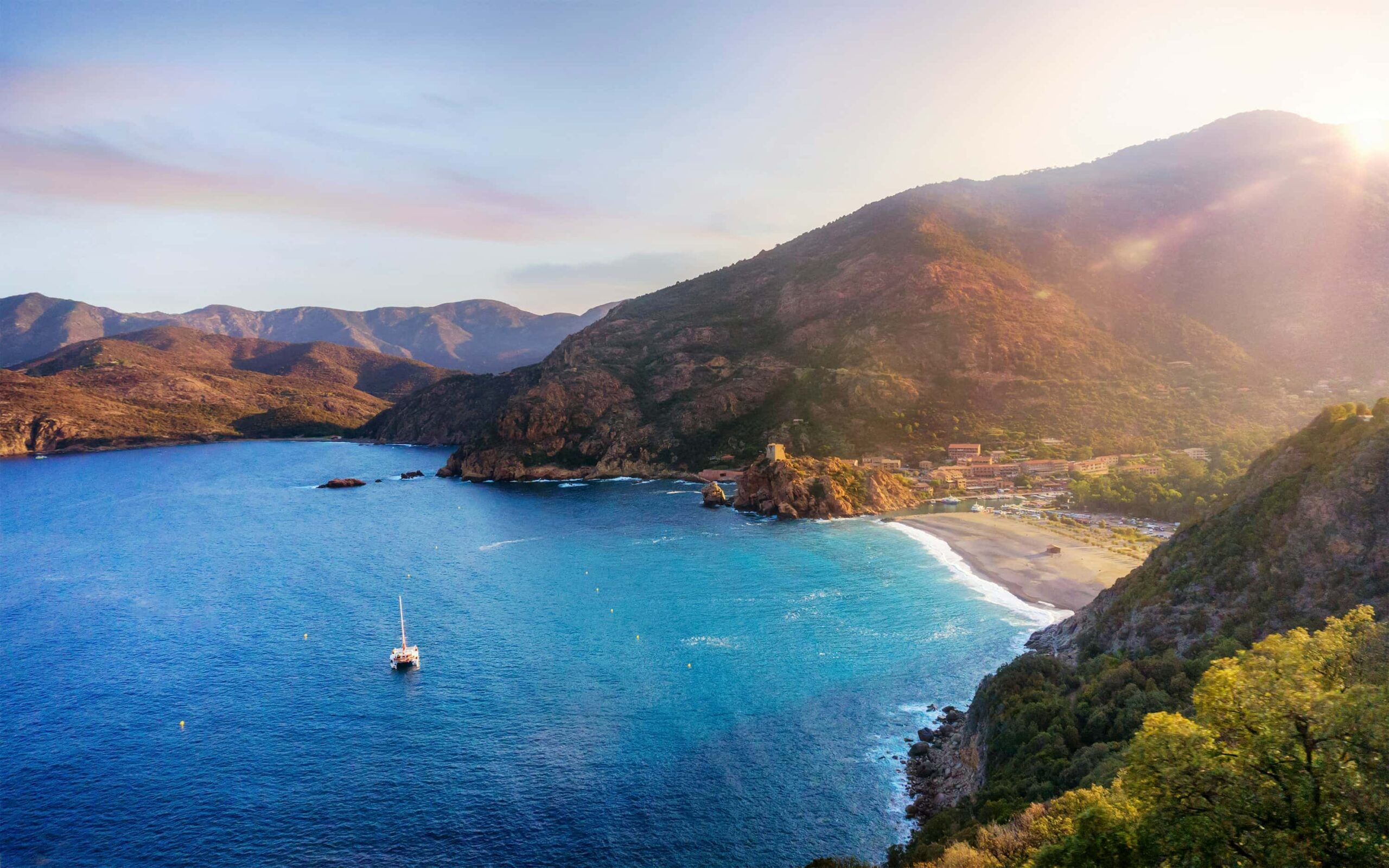
Here’s your guide to experiencing Corsica in the most inspired way—from elevated mountain escapes to enchanting coastal villas.
Corsica, the sun-drenched Mediterranean island nestled between France and Italy, is a land of contrasts—where rugged mountains tumble into turquoise waters, and timeless villages perch above secluded coves.
Mountain Escapes in Corsica: Tranquility Above the Clouds
Corsica’s interior is a realm of pine forests, granite peaks, and sleepy stone villages—perfect for travelers who want serenity, cool mountain air, and a taste of traditional Corsican life.
Where to Stay: Refined Alpine Retreats in Corsica
High-end mountain villas provide luxury without sacrificing authenticity. Look for properties in Corte, Bastia’s hinterlands, or the Balagne region, where you can enjoy panoramic views, roaring fireplaces, and private terraces under the stars.
Highlight Experiences:
Hike a section of the legendary GR20 trail
Visit ancient hilltop villages like Sant’Antonino
Sample mountain charcuterie and local cheeses in rustic restaurants
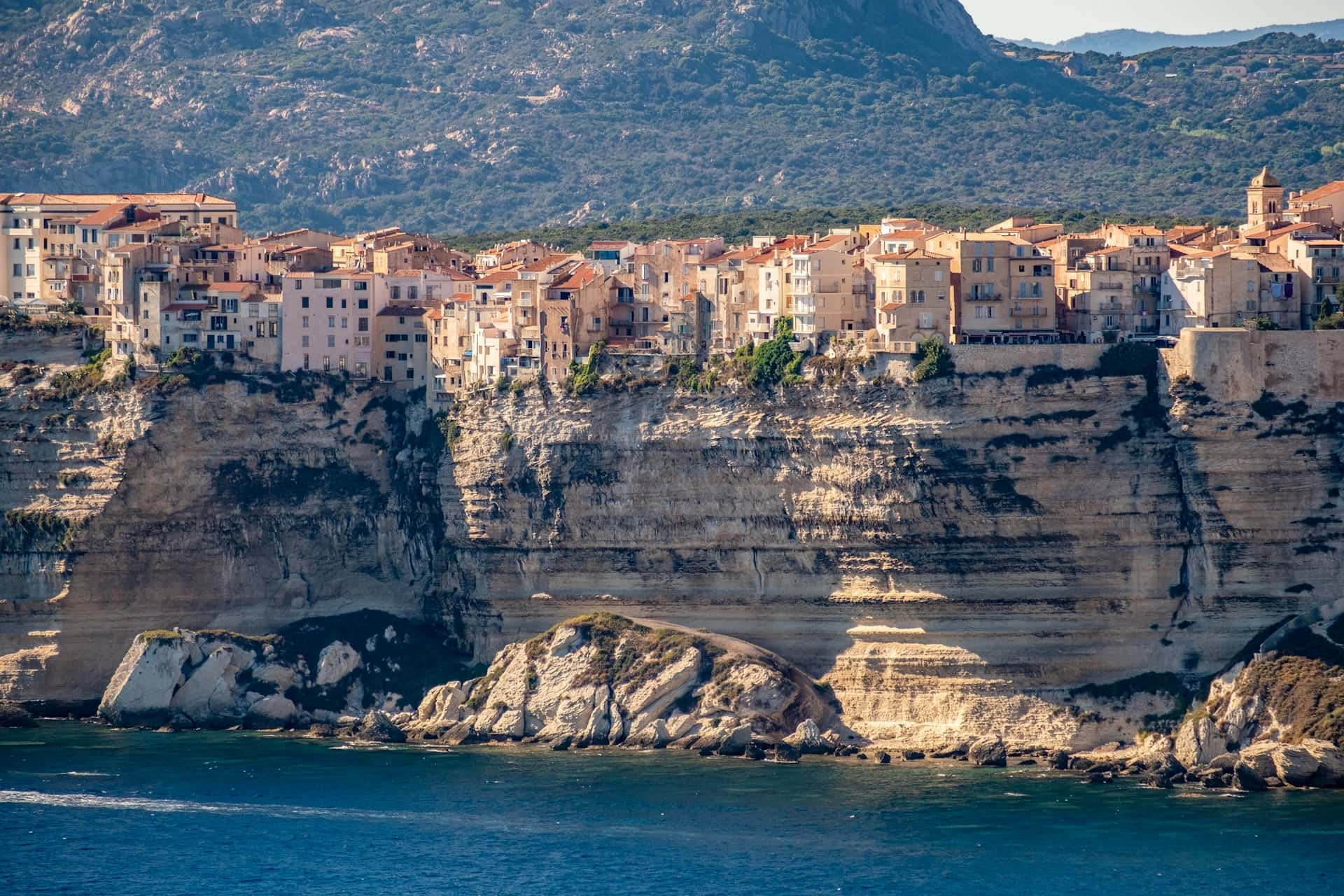
Coastal Bliss: The Allure of Seaside Luxury in Corsica
The Corsican coast is a paradise of dramatic cliffs, golden sands, and crystalline bays. For those craving a classic Mediterranean escape, there’s no better place than the island’s western and southern shores.
Where to Stay: Luxury Villas on the Coast of Corsica
Many villas in Corsica embody coastal refinement. Imagine waking up to sweeping sea views, dining al fresco with the sound of waves, and ending the day with a sunset swim in your private infinity pool. Villas near Porto-Vecchio, Bonifacio, or the Gulf of Ajaccio offer not just convenience to Corsica’s most beautiful beaches, but also proximity to vibrant markets, fine dining, and yacht-filled marinas.
Highlight Experiences:
Private boat charters to the Lavezzi Islands
Sunset aperitifs on the beach
Michelin-starred dining with a sea view
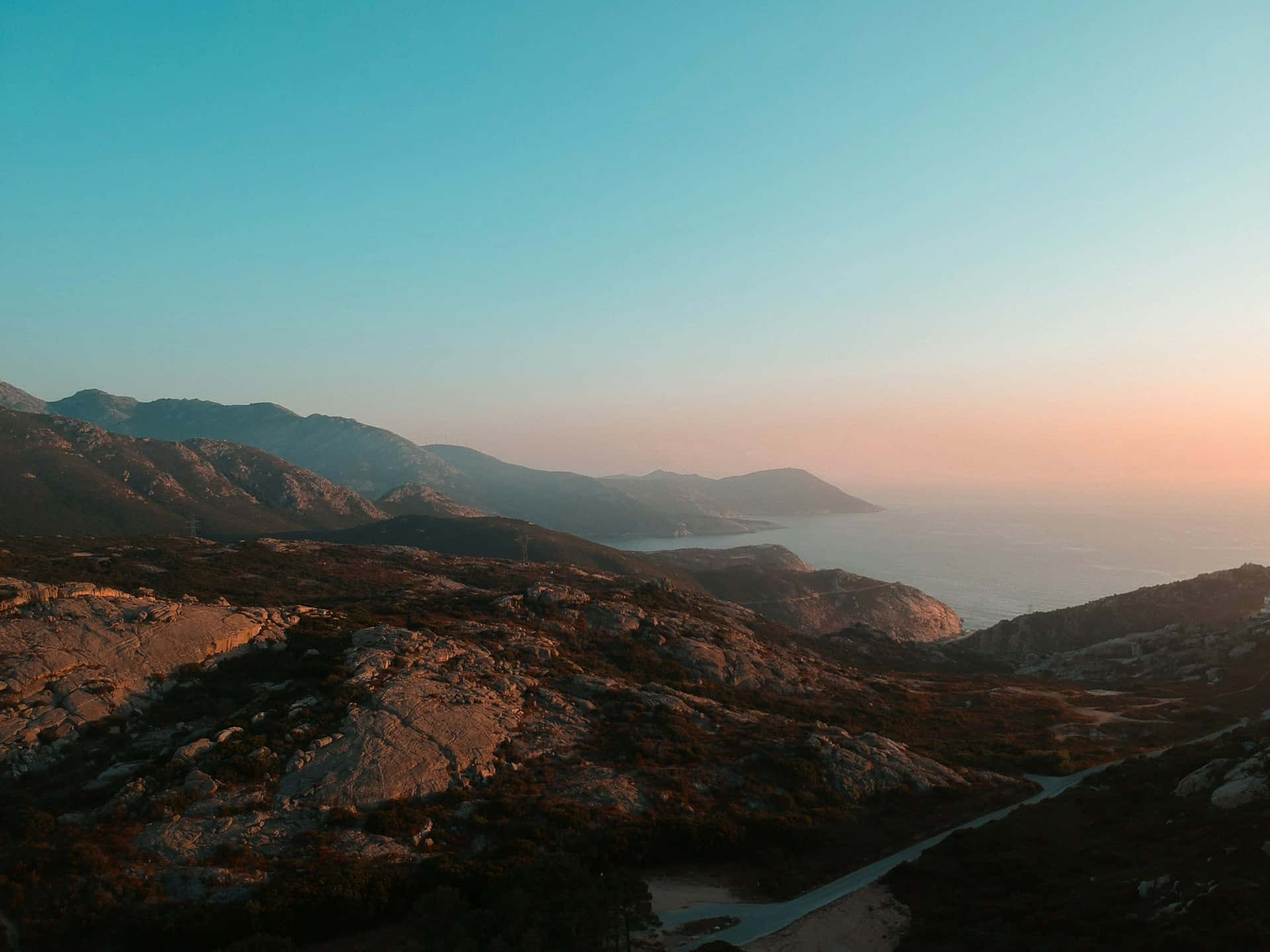
Between the Two Worlds: The Balagne Region in Corsica
If you can’t choose between sea and summit, head to La Balagne, often referred to as “the garden of Corsica.” Here, terraced hillsides roll down toward the sea, and you’re never far from either a beach or a hiking trail.
Where to Stay: Villas with Dual Views in Corsica
La Balagne’s villas offer a unique combination of mountain privacy and coastal accessibility. From your perch above L’Île-Rousse or Calvi, enjoy sweeping views that stretch from olive groves to the horizon.
Highlight Experiences:
Day trip to secluded beaches followed by a vineyard tasting
Explore the Artisan’s Route (Route des Artisans)
Discover the Genoese citadel in Calvi
Tips for Choosing Your Corsican Home Away From Home
For romance: Choose a villa near Bonifacio or the Gulf of Santa Giulia
For adventure: Opt for a mountain retreat near the Asco or Restonica valleys
For family getaways: The calm waters and spacious villas near Porto-Vecchio are ideal
For off-season charm: Head inland in autumn to witness harvest festivals and vibrant foliage
See more attractions in Corsica
cover photo credits: Tadeja Pavsic on unsplash.com
Your Corsican Escape Awaits
Whether your ideal escape involves basking by the Mediterranean or reading by a stone fireplace in a mountain villa, Corsica offers a rare blend of wilderness and sophistication, where you can embrace every nuance of the island—from coastal glamour to alpine calm. The only challenge? Choosing which unforgettable setting to call home.
